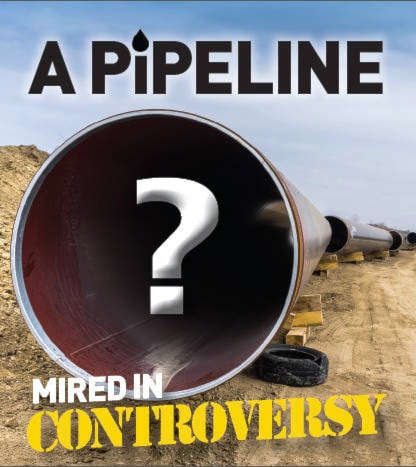This morning marks the completion of a multi-part series on the issues surrounding Kinder Morgan’s proposed expansion of the Trans Mountain pipeline, investigating the history, science, Indigenous reaction, politics and economics of the controversial project.
The five-part series launched Saturday aimed at providing you with an in-depth look at this multi-layered issue that his gripped the province as we approach a May 31 deadline declared by the Maerican firm funding the project.
We think most people would be surprised at how Kinder Morgan’s current Trans Mountain Pipeline system is embedded within everyday lives and within the fabric of B.C. and beyond.
Fuel for airplanes at Vancouver International Airport, and gas for most vehicles in the Lower Mainland arrives via a 41-kilometre pipeline through Kinder Morgan’s Burnaby tank farm, currently ground zero of protests in the campaign against the company’s embattled plan to twin its main pipeline running 1,150-km near Edmonton to B.C.
And as part of the complex network of pipelines criss-crossing the continent carrying crude to refineries, a branch of the main line transports Alberta crude to a terminal at Sumas near Abbotsford to feed refineries in northwestern Washington State.
The first part of our series produced by journalists in Black Press newsrooms across British Columbia, chronicles Imperial Oil’s Alberta find in 1947, the first pipeline finished in 1953, exploration of the oilsands as well as growing opposition to the pipeline project. The number of those arrested now stands at more than 200 and protest organizers say more than 24,000 people have signed pledges to do “whatever it takes to stop Kinder Morgan.”
Our multi-part series has also reviewed the science of the pipeline, the economics surrounding it, the First Nations influence on the issue, and the politics of the project — with three separate governments involved, B.C. and Alberta at the provincial level, and the federal government, as well as the legal moves made by each.
The federal government is willing to provide Kinder Morgan with some form of financial security for it to continue with the project, and negotiations with the company are underway as their self-imposed deadline looms tomorrow.
In a readers’ poll recently, 52 per cent of PQB News readers voted in favour of the pipeline project. Although a highly unscientific sampling, it shows how divisive the subject is in BC.
